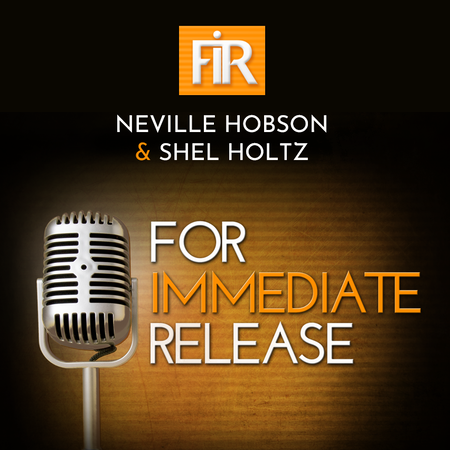
Today, June 15, 2015, marks the 800th anniversary of the sealing of the Magna Carta in 1215, a document that to this day is widely considered part of the so-called unwritten constitution of the United Kingdom; and continues to be honoured in the United States as an antecedent of the US Constitution and Bill of Rights.
While there still are many voices who question the truth of what exactly happened on that day in 1215, and what led up to and happened after it – notably this good ‘reality assessment’ by historian, journalist, author and barrister Dominic Selwood – the fact remains that Magna Carta is widely seen as a foundational event in the development of democracy that we understand today.
Although Magna Carta contained 63 clauses when it was first granted, only three of those remain part of English law. One defends the liberties and rights of the English Church, another confirms the liberties and customs of London and other towns, but the third is the most famous:
No free man shall be seized or imprisoned, or stripped of his rights or possessions, or outlawed or exiled, or deprived of his standing in any other way, nor will we proceed with force against him, or send others to do so, except by the lawful judgement of his equals or by the law of the land. To no one will we sell, to no one deny or delay right or justice.
This clause was given no particular prominence in 1215, but its intrinsic adaptability has allowed succeeding generations to reinterpret it for their own purposes. In the 14th century Parliament saw it as guaranteeing trial by jury; in the 17th century Sir Edward Coke (1552-1634) interpreted it as a declaration of individual liberty in his conflict with the early Stuart kings; and it has echoes in the American Bill of Rights (1791) and the Universal Declaration of Human Rights (1948).
Beliefs or ideals that are worth supporting.
 See also: Magna Carta: The foundation of modern democracy – my account of visiting Runnymede, the site near Windsor of the sealing of the Magna Carta by King John in 1215, with my friend and podcasting partner Shel Holtz when he visited the UK last October.
See also: Magna Carta: The foundation of modern democracy – my account of visiting Runnymede, the site near Windsor of the sealing of the Magna Carta by King John in 1215, with my friend and podcasting partner Shel Holtz when he visited the UK last October.
“And so we strolled across the meadow on a beautifully sunny and unseasonably mild October morning to be at the place that marks a milestone in history that has had a direct influence on the fortunes of many countries over the centuries.
Without doubt, this place is one of major significance yet has none of the glitz or shallow commercialism that afflict so many places of historic interest.
The site where King John and the feudal barons gathered to consummate Magna Carta is tucked away among trees, with understated majesty in its location and its temple-like construction…”












8 responses to “Why Magna Carta matters”
Hobson: Why Magna Carta matters: Tweet
Today, June 15, 2015, marks the 800th anniversary of the sealing of th… http://t.co/GLVlK1QLrU
#SocialMediaPost Why Magna Carta matters: Tweet
Today, June 15, 2015, marks the 800th anniversary of… http://t.co/KeCKZXA0fF @Jangles
Why Magna Carta matters http://t.co/agCji6kMpR
Why Magna Carta matters http://t.co/zl7dwYEruq
Why Magna Carta matters http://t.co/4Fd7reJA1D #PR
Why Magna Carta matters http://t.co/pWsKZxWsLC #B2B
PRDailyNews: Why Magna Carta matters http://t.co/QExcPI6IHT #PR
Why Magna Carta matters http://t.co/D9V43F8glD http://t.co/SaomS0hd78